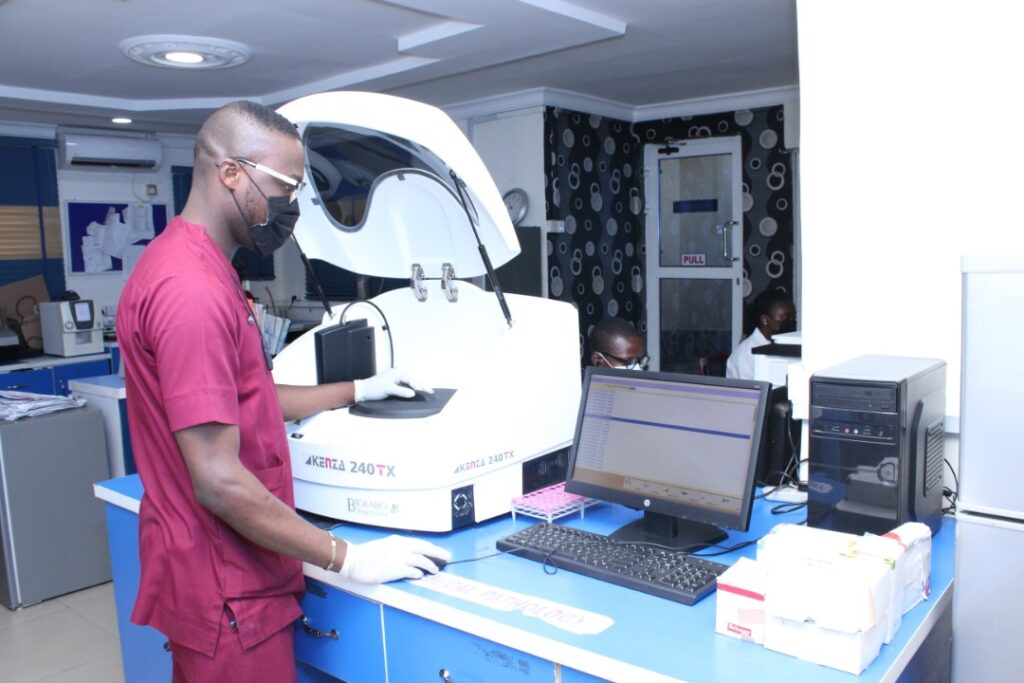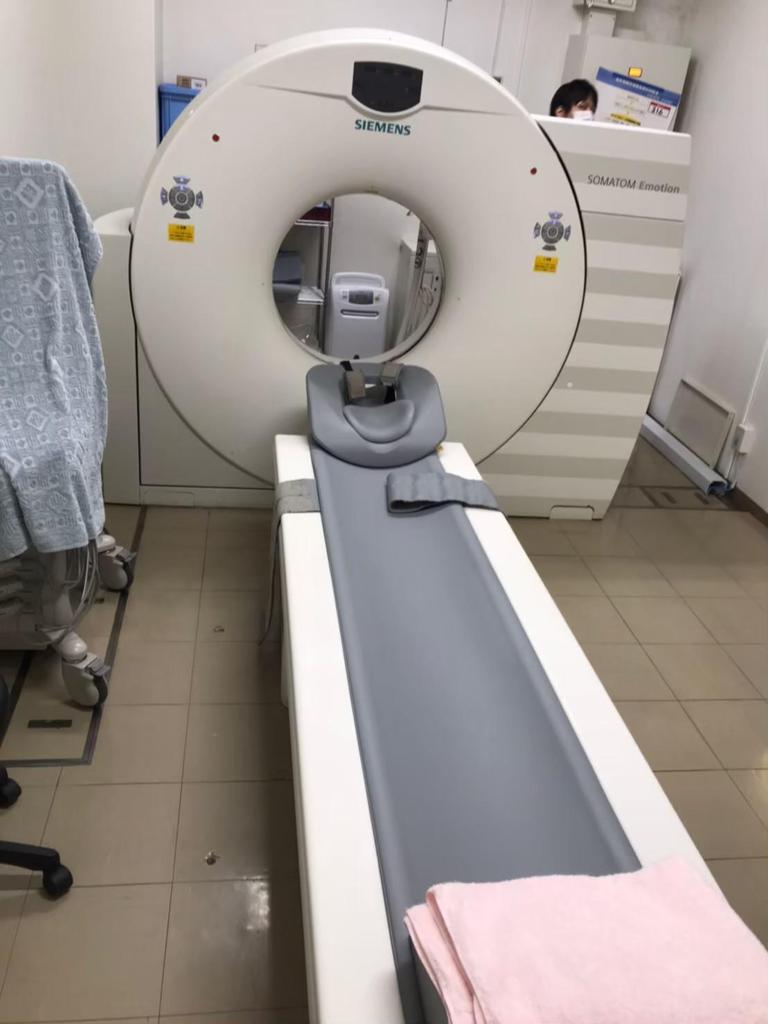DNA
General DNA Testing Questions

What is DNA paternity testing?
DNA paternity testing (sometimes called parentage testing) uses DNA, the biological basis of inheritance, to prove or disprove the biological relationship between a child and an alleged father. It is based on the fact that we inherit half of our DNA from our father and half from our mother.
In a DNA paternity test, DNA samples are taken from the mother, child, and alleged father and are sent to our lab. We purify the DNA and prepare it for testing to produce a genetic profile for each tested individual. The child’s profile is compared with the profiles of the mother and alleged father to determine whether he/she has inherited DNA from the alleged father. We then perform statistical analysis to calculate the probability of paternity.
How accurate is DNA paternity testing?
DNA paternity testing is 100% accurate when done properly. The laboratory we partner with – DDC’s Dual Process™ helps to ensure a strict chain of custody and error-free results through proper handling, testing, and analysis of samples.
Many laboratories mistake the term accuracy for likelihood (or probability). The Probability of Paternity is a statistical measure of the likelihood of the biological relationship. In the case of an inclusion result (the alleged father is found to be the biological father), the Probability of Paternity could be as high as 99.999% and higher.
All paternity tests will show a result below 100%—to produce a 100% probability, a laboratory would have to test every other man in the world. Instead, the paternity test uses a population database to calculate the probability of paternity. An exclusion result is always 0% because if the genetic profiles of the child and alleged father do not match, there is statistically no chance for the two to be biologically related.


Is there an age limit to taking a DNA test?
No. Because DNA is set at conception and generally does not change, paternity tests can be performed even on a sample from an unborn child (called prenatal testing). At birth, blood from the umbilical cord can be taken for use as a DNA sample source, or a buccal swab may be collected from the newborn.
What does the client need to provide for an appointment?
For a chain of custody test (legal cases), all test participants must provide a valid, government-issued ID such as a driver’s license, state ID, or passport. The child’s legal guardian must sign a consent form allowing the minor to be tested.


Is a doctor’s order or a court order required to have a paternity test done?
No. Private individuals can take a DNA test without a doctor’s request or court order.
Can a paternity test be performed without the mother?
Yes. If the mother’s participation is not possible, we can perform a motherless test at no additional charge. A motherless test requires more extensive analysis but produces the same accurate results. It is advised that mothers participate for the following reasons:
- – Mothers who participate are guaranteed to receive a copy of the test results. Due to strict confidentiality policy, we are only able to release results to those tested, their authorized representatives (such as lawyer), or the tested child’s legal guardian.
- – The mother’s participation aids in the analysis of unexpected results. Her participation is especially helpful in the few cases where mutation (a random change in the DNA) has affected the results.


Who can sign for a minor?
Chain of custody testing requires a custodian to sign the minor’s testing consent form. Verification of guardianship must be obtained at the time consent is given.
What if the alleged father is missing or deceased?
Several testing options are available in situations where the alleged father is missing or deceased:
- – The first option that should be considered is viability testing of samples taken from the deceased, such as stored blood or a tissue sample. If usable DNA is found in such a sample, we can conduct a paternity test using this DNA as the alleged father’s sample.
- – If there are no available biological samples from the alleged father, grandparentage testing is the next option to consider. Results of this test prove only the relationship of the child to the grandparents, but most government offices treat these results as indirect evidence of paternity.
- – If one or both paternal grandparents are unavailable for testing, other family relationships may be tested to indirectly determine paternity through single grandparentage tests, genetic reconstructions, siblingship tests, and others.
Does the buccal swab produce results that are as accurate as those produced using blood samples?
Yes. Buccal swab samples contain the same DNA as blood samples and will therefore produce the same paternity test result. Buccal swabs are especially preferable over blood samples for persons who have had recent blood transfusions or bone marrow transplants—their blood samples might contain DNA from the donor.


What do the test results look like, and how are they interpreted?
A paternity test result includes a table that lists the different DNA markers tested (the DNA profile), the Probability of Paternity, and a Combined Paternity Index (CPI) value. The DNA profile is the raw data on which the statistical calculations are based. You will want to focus on the Probability of Paternity. A result of 0% means that the alleged father is not the biological father; a result of 99.99% or higher means that the alleged father is the biological father. The CPI value represents the odds against another random, untested male in the population having the same results as the tested father.
| DNA Testing Service | Description | Turnaround Time (Working Days) | |
| Biological Relationship | |||
| Standard Trio Paternity | Mother, Child, and Alleged Father | 10 | |
| Motherless Paternity | Child and Alleged Father | 10 | |
| Maternity | Mother and Child | 10 | |
| Avuncular | Child and Alleged Uncle/Aunt | 14 | |
| Zygosity | Fraternal or Identical Twins | 10 | |
| DNA Profile STR | Individual DNA Profile | 10 | |
| Paternity and Maternity | Mother, Child and 1 Alleged Father with separate reports for paternity and maternity calculations | 10 | |
| Additional Testing | |||
| Additional Tested Party | 10 | ||
| Prenatal | |||
| Amnio & CVS Prenatal | Mother, Prenatal Sample and Alleged Father | 30 | |
| Non-Invasive Prenatal | Mother and Alleged Father | 30 | |
| Detection | |||
| Semen/Sperm Detection Test | 10 | ||
| DNA Detection Test | 10 | ||
| DNA Comparison Test | 10 | ||
| DNA Detection Y-STR | 10 | ||
| Others available on request | |||


